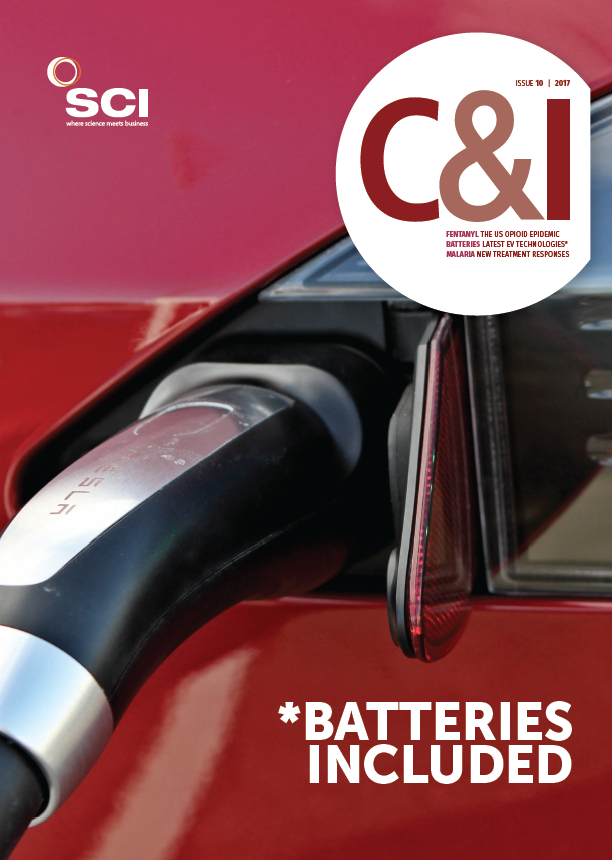In 2018, the UK’s NHS will turn 70. Top of the government’s birthday wish-list for the future is faster access to innovative new medicines – an idea enshrined in Sir John Bell’s recent Life Sciences Industrial Strategy, which wants the UK to be in the ‘top quartile’ of comparator countries both for the speed of adoption and the overall uptake of innovative medicines by 2023.
UK pharmaceutical industry body ABPI is a big supporter of the new strategy, but points out there is a long way to go. ‘For every 100 patients receiving a medicine in comparative EU countries like Germany and France, just 18 patients in England will receive it,’ lamented ABPI president Lisa Anson, speaking at the Pharma Integrates meeting in London in November 2017. Here in the UK, we are five times less likely to get a new medicine than in France and Germany, she added.
More investment in the NHS is another of the ABPI’s top priorities. Currently, Anson points out that the UK spends 9.9% of GDP on overall healthcare, compared with an average of 11.3% in the rest of the EU. Around 4% of the NHS money is spent on buying medicines approved by regulators NICE, which in turn claims to approve 80% of new drug applications.
Judging medicines by their results is central to the UK’s current Pharmaceutical Price Regulation Scheme (PPRS), which is currently under review. However, there are big differences in opinion over how their value is decided. While ABPI’s Anson spoke of ‘a growing body of evidence [that] the UK lags behind similar nations’ in terms of health outcomes, for example, Leslie Galloway, chairman of the Ethical Medicines Industry Group (EMIG), referred to a 2009-2013 study of cancer drugs, which found that 57% of cancer medicines approved by the European Medicines Agency (EMA) ‘demonstrated Progression Free Survival at the outset, but subsequently did not have an impact on Overall Survival’.
‘This means patients were taking medicines, perhaps with unwanted side effects for no overall benefit,’ Galloway said: ‘We need to learn from the 42% that did deliver.’
Meanwhile, NICE associate director of scientific advice, Leeza Osipenko talked of the 100s of thousands of pounds per patient cost of new breakthrough immuno-oncology drugs – even while it’s not yet clear for how long they will remain effective as a ‘cure’.
So-called ‘outcomes-based medicine’ is seen almost universally as the way forward to help reduce costs and improve patient care. In practice, however, that’s not what’s happening, according to Jennifer Lee, director of health economics at Janssen, referring to the experience with the multiple myeloma drug Velcade. Back in 2007, J&J pioneered a money back guarantee scheme on the drug that many in the sector predicted may become a future model for reimbursement. If the patient doesn’t respond, Janssen refunds the money to the NHS.
Today, Lee reports: ‘I am under a lot of pressure from the Department of Health to get rid of it [the scheme]… Sadly, 10 years later If you look at the NICE website you will not see another outcomes-based scheme [like it] there.’
‘Counter to what the Accelerated Access Review, the Life Sciences Strategy report and even the NHS’ own policy says about outcomes-based commissioning... when you take a step backwards away from all the rhetoric, in reality it’s happening much too slowly.’
The reason? Simply that already over-burdened clinicians don’t have sufficient time to perform the necessary evaluations, she believes.
Pharma companies argue that high drug prices are all about paying for future innovation. A healthy profit during the limited period of drug patent exclusivity is necessary to reward them for the eye-wateringly high – and escalating – costs of R&D. Unlike the £1000 plus price tag of the latest iPhone, commented Ken Jones, CEO of medtech company Innoture, the price of new drugs will only go down – and also has to include the price of any failures.
Future drug development costs could one day be reduced, it’s hoped, by more closely linking medicines to patient genetics – so lowering the risks and expense of clinical trials and delivering better, safer, outcomes for patients. But many question the readiness of the NHS electronic datasets that underpin this grand vision.
‘The NHS offers a massive opportunity, but sadly it’s not a closed loop so a lot of the data aren’t linked,’ Lee said. For example, a GP in Devon may not necessarily have access to the electronic records of a patient from Leeds who may need to visit her/him on holiday, while some trusts still don’t have electronic prescribing.
Under-investment across the NHS is widely seen as at the root of many of the problems. More money for improving the data – and for staff – is top of nearly everyone’s birthday wish-list.





